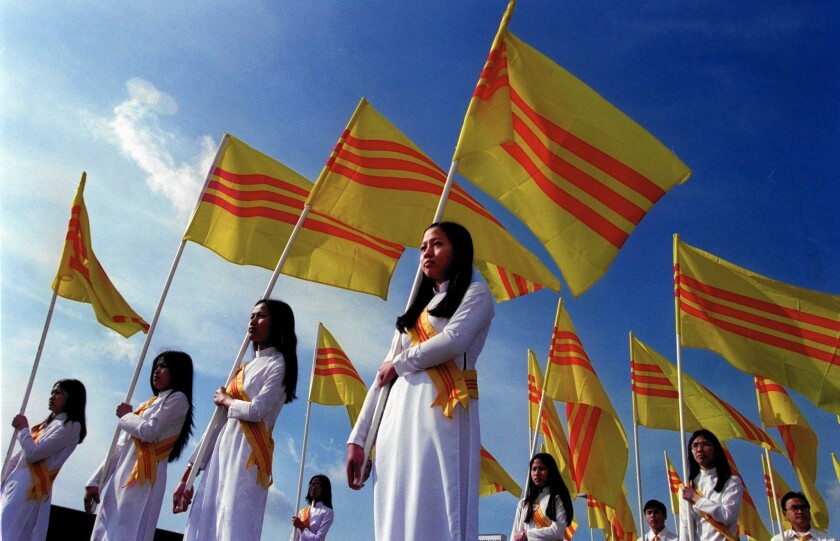The Royal Navy’s investment in the HMS Queen Elizabeth and HMS Prince of Wales, two state-of-the-art aircraft carriers, has unfortunately been marred by significant operational hurdles. Despite billions poured into their construction, these vessels have struggled with a myriad of mechanical woes, ranging from propeller malfunctions to systemic failures. These issues have not only compromised their ability to fulfill crucial NATO exercises but have also led to operational setbacks, casting a shadow over their effectiveness and raising questions about the efficacy of such monumental investments.
 THE one thing many old soldiers never seem to forget while ever their minds remain sharp is their unique service number, given on enlistment and theirs for eternity.
THE one thing many old soldiers never seem to forget while ever their minds remain sharp is their unique service number, given on enlistment and theirs for eternity.
They were an integral part of individuals’ lives, stamped on identity discs, copied on all personnel documents, engraved on service medals, headstones and memorial plaques.
Some individuals had them permanently tattooed, often with their blood group in a sometimes mistaken belief should their remains be badly disfigured, there might be an identifying mark.
Service numbers remain a deeply personal symbol and reminder of military service
CLICK LINK to continue reading
https://targetsdown.blogspot.com/2024/05/random-numbers-have-true-meaning.html
April 30th marked the solemn anniversary of the 1975 Fall of Saigon, a pivotal moment that signalled the end of the Vietnam War and the collapse of the Republic of Vietnam (South Vietnam). This historic event, which culminated in the fall of Saigon, now known as Ho Chi Minh City, had profound repercussions on both a national and global scale.
Amid mounting pressure at home, then-U.S. President Richard Nixon initiated the gradual withdrawal of American troops from South Vietnam. While there were initial successes, strategic blunders ultimately paved the way for the ascendency of the communist forces from the North, leading to the capture of Saigon.
The aftermath of the fall of Saigon resulted in a massive humanitarian crisis, with approximately 800,000 Southern Vietnamese fleeing their homeland. Tragically, many of these refugees perished during perilous sea voyages or fell victim to piracy. However, those who managed to escape embarked on journeys that would disperse them across the globe, ultimately forming vibrant communities in key cities across Australia, Europe, and the United States.
The diaspora of Vietnamese refugees has left an indelible mark on the cultural landscape of their adopted countries, contributing to their societies in myriad ways. Despite the harrowing circumstances that forced their exodus, these resilient individuals have demonstrated remarkable resilience and determination in rebuilding their lives and forging new futures for themselves and their descendants.
As we commemorate the anniversary of the Fall of Saigon, it serves as a poignant reminder of the enduring impact of war and the resilience of the human spirit in the face of adversity. It is a time to honour the sacrifices made by those who sought freedom and a better life, and to reflect on the ongoing journey of healing and reconciliation for all those affected by this chapter in history.
An overview of the M56 Scorpion
A Russian Soldier walking about a kilometer shows that there are tons of Russian corpses laying around due to Russians advancing just one field forward in Ukraine ????????
The losses are astonishing, going from one tree to another costs a life pic.twitter.com/b9erbOIT3e
— Ukraine Battle Map (@ukraine_map) April 30, 2024
As the Royal Commission into Defence and Veteran Suicide concludes, the swift legislative responses by the Albanese government are being scrutinised. Historical patterns show a continuum of Australian governments pledging substantial support and transformative changes for veterans that seldom materialise. Commissioner Nick Kaldas’s pressing calls for immediate and substantial action echo loudly against a backdrop of previous administrative failures.
Ultimately, the success of these efforts will determine whether Albanese’s legacy will be remembered as a repeat of Morrison’s shortcomings or be marked by real and lasting improvements in the lives of Australia’s veterans.
Dr. Mark Schröffel is a graduate of the Royal Military College, Duntroon, and former Peacekeeper in Cambodia. With a decade of service in the Australian Army, he transitioned to a career in management consulting, focusing on corporate strategy and governance. He holds a PhD from Swinburne University of Technology, where he researched the reintegration challenges of Australian Army Reserve personnel. Currently, Dr. Schröffel is the Director of Schröffel Renwick & Beeson, President of the Bentleigh-Cheltenham RSL, and Director of Australian Veteran News, actively supporting and advocating for veteran communities.
I smell a Rat in the Ranks
The new Townsville Mayor Troy Thompson has been called out over false valour. Claimed he had military service in a Signals Regiment in WA. And worked with the SASR in communications.
Had it on his social media site, prior to his election as the new Mayor for Townsville.
Has been called out, to provide evidence of his service. And has since deleted his social media site reference to his so called military service.
Now get this.
He can’t remember his service number, and has submitted a request to Defence, to obtain it.
Even my old Man could rattle off his Airforce service number, back in the 1980s from 1944. When I asked him if he still remembered it.
Greg
1202822










